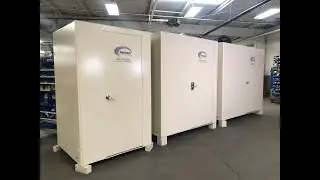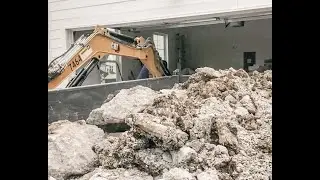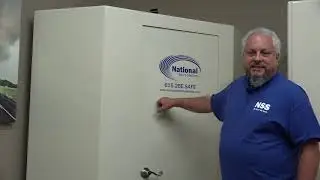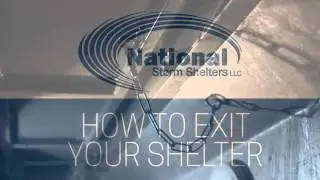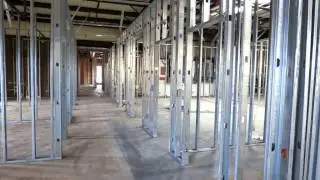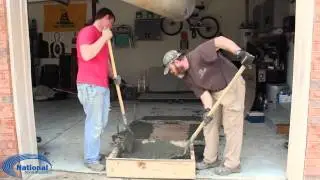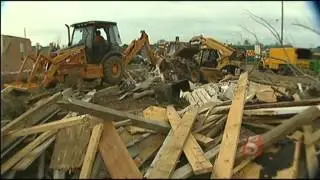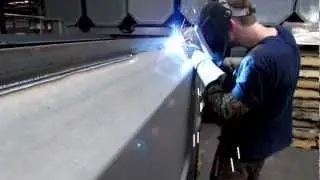How to Make a Storm Shelter: Fabrication & Welding In-Ground Tornado Storm Shelter
How do you make an in-ground tornado storm shelter? Follow these steps to make the in-ground storm shelter that is the perfect fit for your family and home.
Step 1: Consider Where You Will Place Your In-Ground Storm Shelter
Do you have a garage? Do you have a carport with concrete slab near your house?
You will want to place your shelter inside your home - or as close to your home as possible - so that your family will not have to enter the storm to access your storm shelter. By the time your family heads toward your storm shelter, intense wind and debris may obstruct your path and prevent you from reaching your safe place.
Step 2: Decide the Dimensions of Your In-Ground Storm Shelter
What size should the storm shelter be?
How many family members and friends do you need to accommodate? FEMA requires 3 square feet per person for a storm shelter to meet FEMA 320 standards. You should use this as a reference for your own in-ground tornado shelter. The size of your storm shelter will dictate its placement.
Step 3: Select Material for Fabrication
What materials are the most durable?
Concrete blocks, fiber glass and galvanized steel are the materials typically used in storm shelter fabrication. You will need to educate yourself on the pros and cons of shelter materials, including the skills required to fabricate a safe unit, cost of all materials and equipment needed for fabrication, and the material's longevity and degradation.
Learn more about different types of in-ground storm shelters and materials on our blog: http://blog.nationalstormshelter.com/...
Step 4: Design an Efficient, Waterproof Storm Shelter
If you do not possess the skill set to design an efficient blueprint and layout of your shelter, you may consider hiring an engineer or building contractor to conquer this feat for you.
Step 5: Find a Vendor for Storm Shelter Material
Do an internet search for local fabricators of materials or stores and compare prices.
Step 6: Build the In-Ground Storm Shelter with the Chosen Material
Some in-ground storm shelters are assembled during the installation process, while other storm shelters are prefabricated. You will need to question the steps of fabrication before completing any installation steps.
All storm shelter materials should be assembled by experienced hands. Before you begin making your storm shelter, evaluate your experience level with these materials and educate yourself on procedure. If this step becomes overwhelming, you can always subcontract an individual or company that specializes in these materials or storm shelter fabrication to ensure the quality of your final product.
Step 7: Rent Installation Equipment and Purchase Materials
Depending on your storm shelter type and location, you may need to rent or purchase the following equipment: mini excavator, hydraulic rock hammer, wet saw, dump truck/ trailer, Georgia buggy, concrete vibrator and a pressure washer.
Step 8: Initiate the Installation Process
Do you have the skills necessary to see the installation through?
You will want to complete the installation process in one day if you install in an unprotected area. Consider the local weather forecast and choose a day that is clear and warm for the time of year. You do not want rain showers to damage the progress you have made excavating the earth. If you have chosen an outdoor unit, rain can force your unit to float before concrete has been laid.
The best time to install a storm shelter is before you need it. In the Southeast, the most severe storm season runs from February until June. Your optimal time to install will be July through October, when the ground is dry and warm.
As an in-ground storm shelter company backed by 18 years of experience in fabrication and manufacturing, we can implement all of the steps above with your family in mind. If you decide fabricating and installing an in-ground storm shelter yourself is not worth the expense and time investment, give us a call at (615) 223- 7233 for a free quote.
If you have any questions regarding how National Storm Shelters fabricates and installs our in-ground tornado storm shelters, visit : http://www.nationalstormshelters.com .









